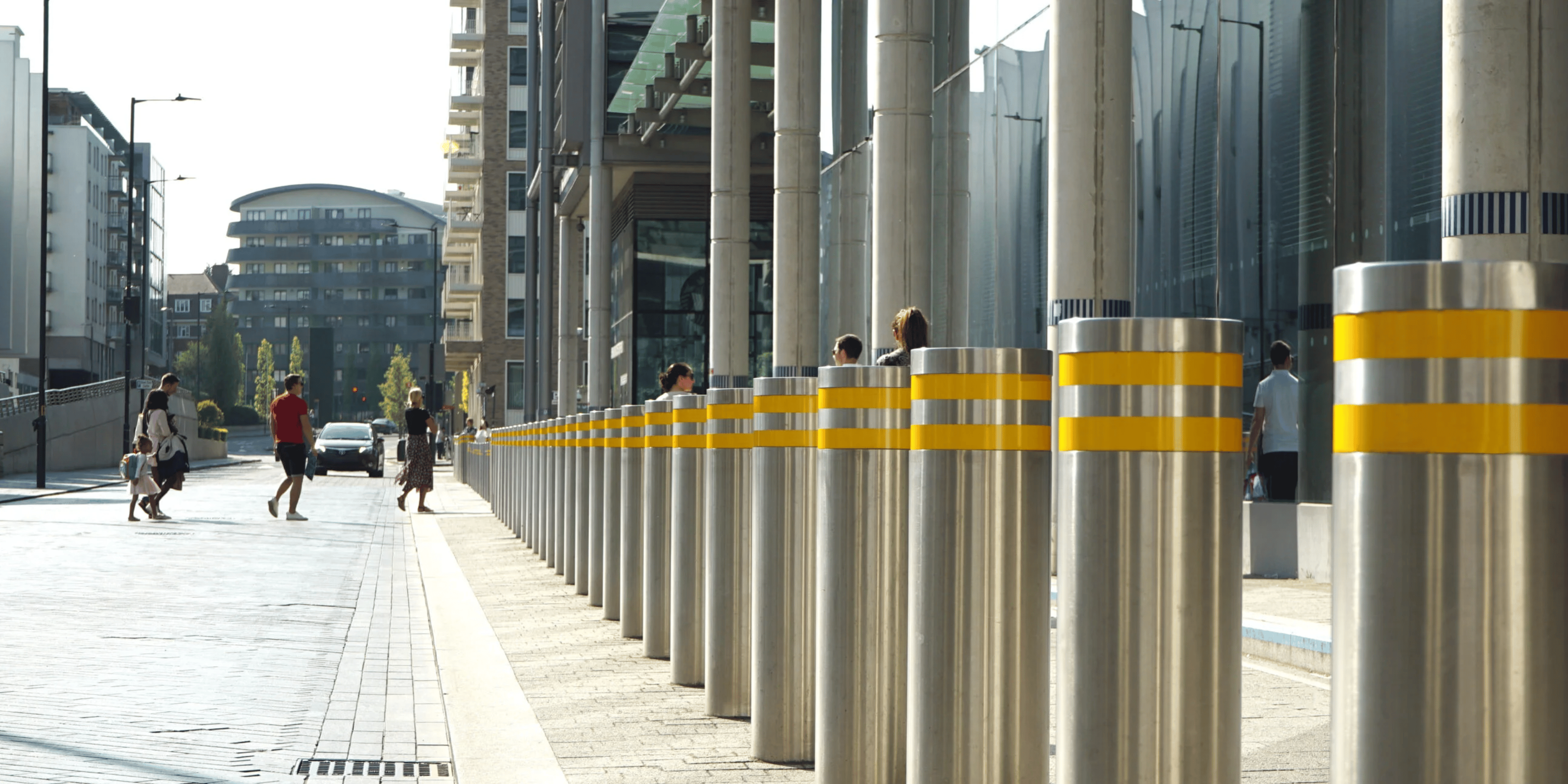
4 Best Practices for Enhancing Personal Security on Construction Sites
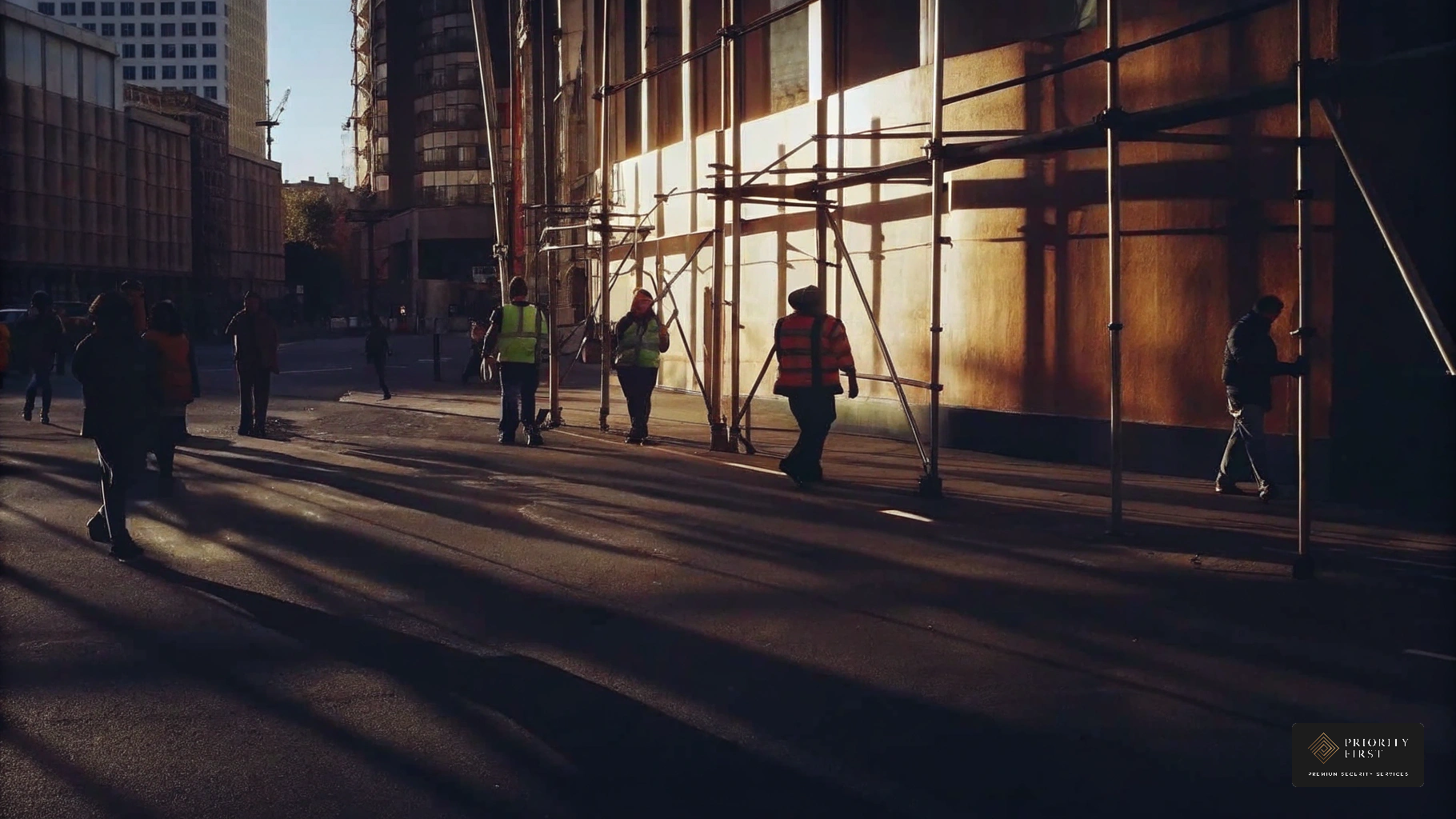
Overview
The article identifies a critical aspect of construction site management: enhancing personal security. It outlines four best practises that can significantly mitigate risks:
- Conducting comprehensive risk assessments
- Integrating advanced security technologies
- Fostering team training and awareness programmes
- Establishing clear communication protocols
These practises are not merely suggestions; they are essential for identifying threats, improving response times, and cultivating a culture of safety among personnel. The implications of neglecting these measures can be severe, leading to financial losses, operational disruptions, and reputational damage. Ultimately, investing in these security practises fosters a more secure construction environment, reinforcing the broader context of business resilience.
Introduction
The rise in incidents of theft, vandalism, and safety violations on construction sites has become a significant concern for the industry. This trend underscores the critical importance of security as a fundamental business function that is often underestimated. Ignoring these risks can lead to substantial financial losses, operational disruptions, and reputational damage for construction firms. In response, Priority First emerges as a pragmatic solution, offering measured strategies to enhance security without resorting to hype.
As the construction landscape becomes increasingly dynamic and unpredictable, the challenge lies in effectively implementing robust security measures. This article explores four best practises that can significantly strengthen security protocols—from conducting comprehensive risk assessments to integrating advanced technologies. By examining these practises, we not only illuminate potential solutions but also raise essential questions about achieving a balance between safety and operational efficiency.
Ultimately, prioritising security is not merely an expense; it is a vital component of business continuity. Early investment in security measures can prevent greater losses in the future, ensuring that construction teams operate within a safe and secure environment.
Conduct Comprehensive Risk Assessments
A comprehensive starts with a detailed examination of the , emphasising its layout, access points, and surrounding environment. Engaging stakeholders is critical to pinpoint . Tools like (Strengths, Weaknesses, Opportunities, Threats) enable a thorough evaluation of both internal and external factors influencing safety. Regular updates to these assessments are vital to adapt to changing conditions, ensuring security measures remain effective and relevant.
For instance, facing challenges like mixed residential and commercial occupants, providing key holding, , and logistics management to maintain safety and order. A construction project situated in a high-crime area may necessitate more rigorous monitoring and access control to compared to one in a lower-risk community.
Documenting findings and prioritising identified risks allows for , ultimately strengthening the overall security posture of the location.

Integrate Advanced Security Technologies
Integrating advanced technologies, such as with , significantly enhances personal security on . These systems are designed to monitor activities in real-time, alerting staff to unusual behaviour for prompt intervention.
utilises historical data alongside current conditions to identify vulnerabilities, allowing for proactive measures to be implemented before incidents occur. Intelligent reporting systems further bolster this capability by providing , ensuring that response teams can act swiftly and effectively.
is pivotal in this framework, offering extensive data collection and analysis to help identify patterns and potential threats. , alongside staffed protection and CCTV, establishes a tailored to the specific needs of construction sites.
For example, during the construction of a luxury hotel in Chelsea, Priority First implemented a robust safety solution that included HVM, receiving positive feedback from the site manager, who highlighted the practical advantages of these systems in managing contractor access and securing the site.
To maximise the efficiency and effectiveness of these technologies, is essential for ensuring personal security, creating a holistic framework that safeguards both personnel and assets on-site.
However, it is vital to acknowledge potential drawbacks, such as inadequate training for staff on new systems or the failure to regularly update software, which can undermine the effectiveness of these advanced protective measures.
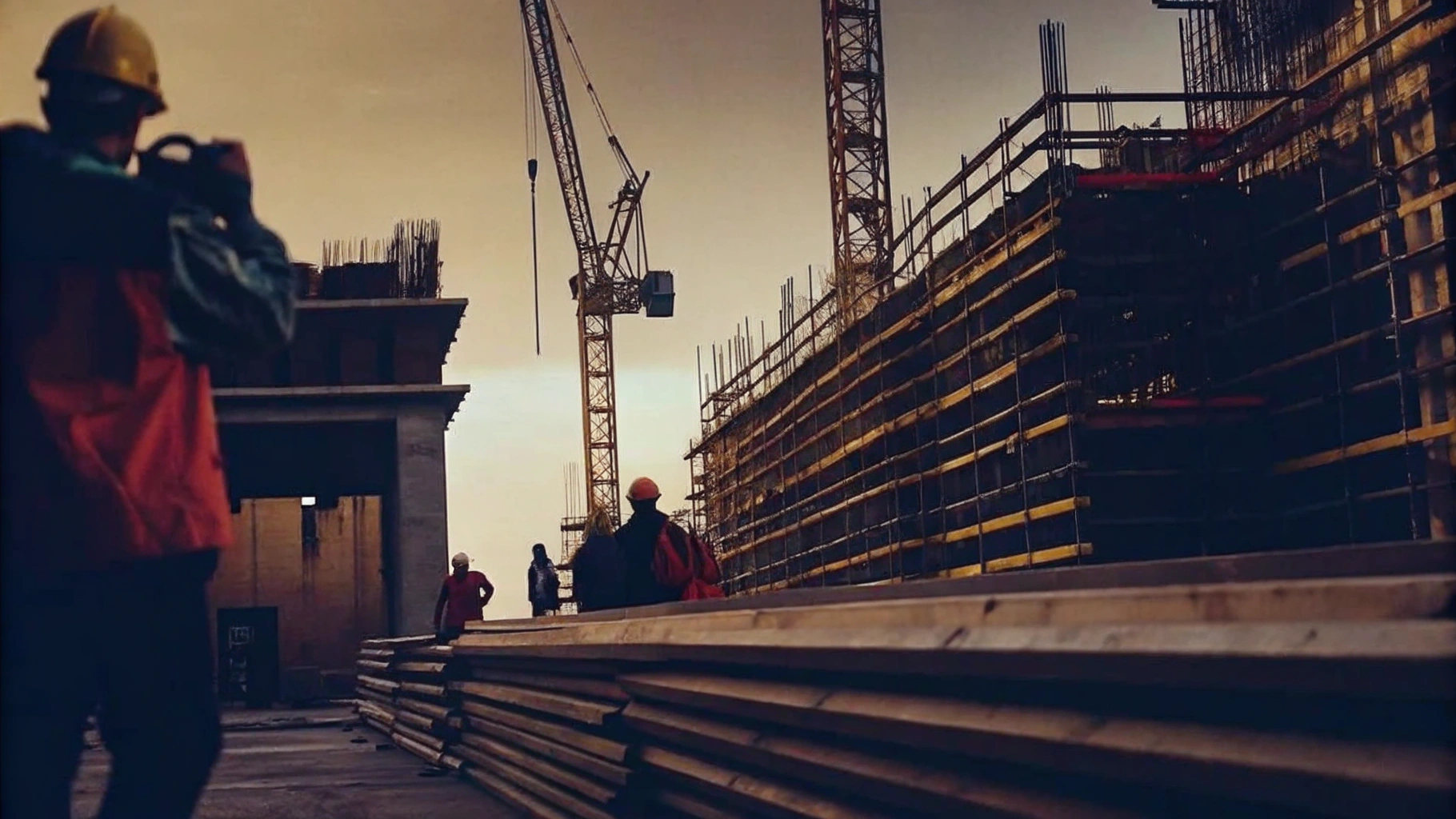
Foster Team Training and Awareness Programs
Creating a strong is essential for enhancing personal security on . This programme must encompass safety protocols, , and the effective use of protective technologies. Routine exercises are vital; they ensure that all team members are well-informed about their roles during an emergency, significantly improving response times. For instance, construction sites that conduct monthly training sessions have reported notable enhancements in both response efficiency and overall protection.
As safety trainers emphasise, ' necessitates that every individual at a company is dedicated to .' Furthermore, fostering an environment of open dialogue regarding safety issues is crucial. As Peter Steinfeld pointed out, 'If you can’t communicate, you can’t recover.'
Establishing a platform for is essential for enhancing personal security and promoting vigilance among team members. Involving local law enforcement in training sessions can also offer valuable insights into effective safety practises, reinforcing the idea that ' entail entire teams of individuals working together.'
It is equally important to identify common pitfalls in implementing training programmes, such as lack of engagement or insufficient resources, and to devise strategies to overcome these challenges. Ultimately, these training methods not only but also within building environments.
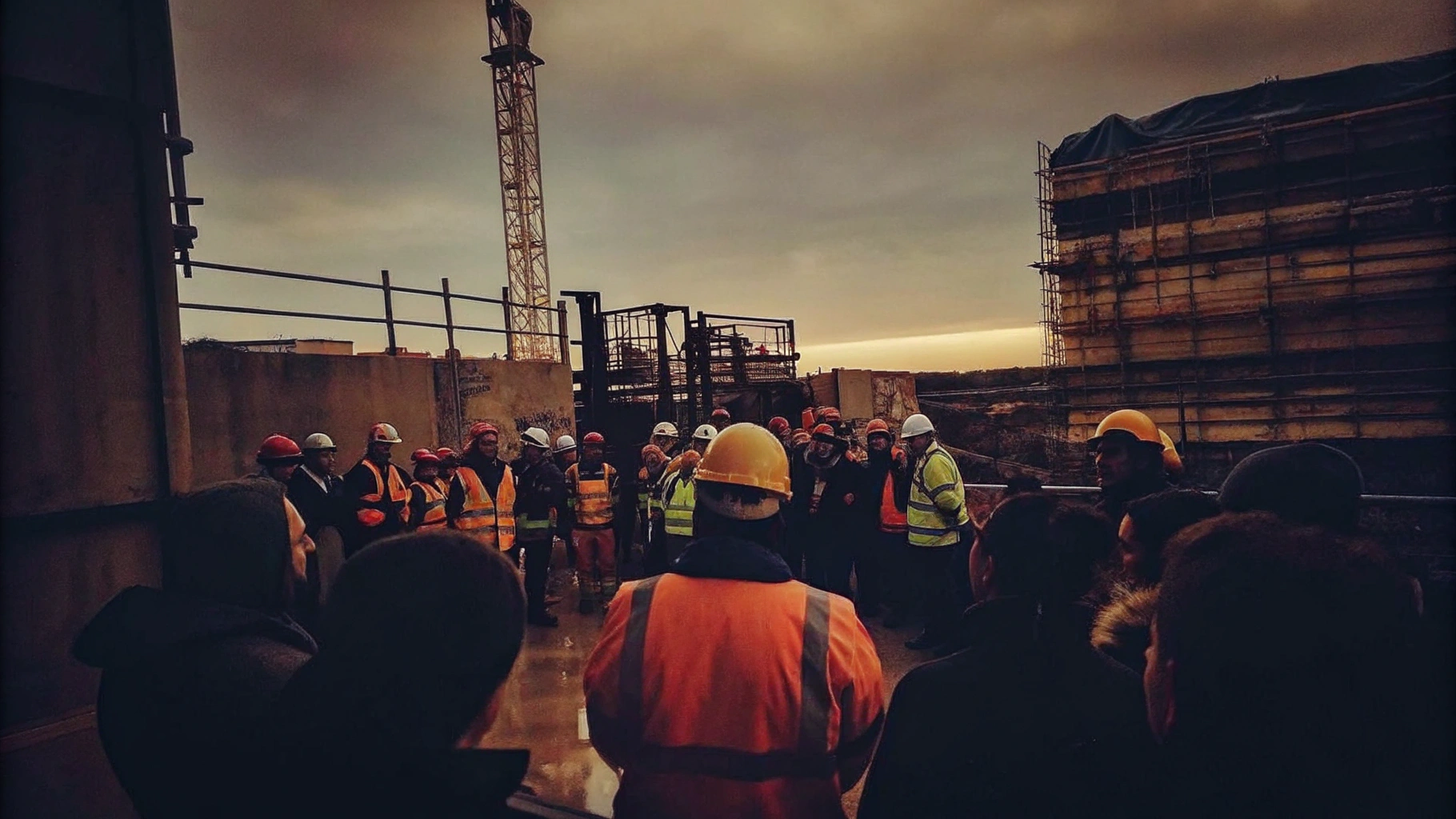
Establish Clear Communication Protocols
A strong communication strategy is vital for ensuring efficient information exchange among team members, personnel, and management at building locations. The reality is that implementing tools such as two-way radios or mobile applications facilitates , enabling .
Establishing a clear is essential; all personnel must understand their roles within this structure. For instance, a that adopted a well-defined communication protocol experienced a notable during .
Regular reviews and updates of are necessary to adapt to changes in personnel or site conditions, thereby ensuring that safety measures remain effective and relevant. In practise, prioritising not only enhances security but also contributes to overall business resilience.
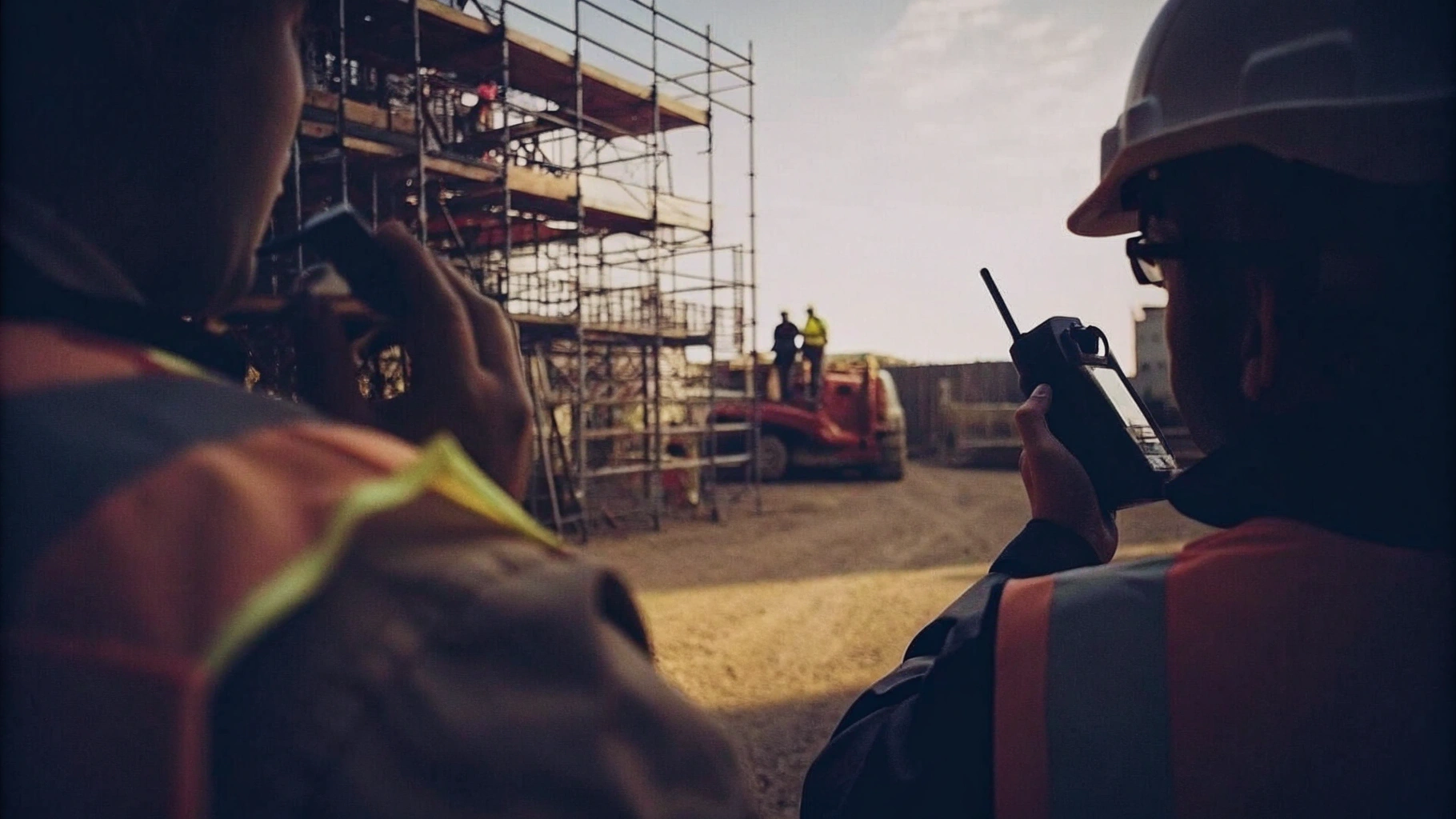
Conclusion
Enhancing personal security on construction sites is not just a necessity; it is a strategic imperative. The reality is that construction theft costs UK businesses over £1m a week. This alarming fact underscores the critical need for robust security measures. Ignoring these risks can lead to significant financial losses, operational disruptions, and reputational damage that can take years to recover from.
To address these challenges, construction companies must adopt a comprehensive approach to security. This includes:
- Conducting thorough risk assessments to identify potential threats.
- Allocating resources effectively to mitigate them.
- Integrating advanced technologies, such as intelligent CCTV systems and predictive risk modelling, which offer real-time insights that can significantly enhance security measures.
- Ongoing training and awareness programmes to cultivate a culture of safety, ensuring that all team members are equipped to respond effectively to emergencies.
- Implementing robust communication protocols to facilitate swift information exchange, crucial for improving incident response times.
As the construction industry evolves, prioritising these best practises is essential for maintaining safety and security on job sites. Companies are encouraged to implement these strategies not only to protect their workers but also to foster a resilient work environment. The lesson is clear: by taking proactive steps today, the construction industry can pave the way for a safer tomorrow, ensuring that personal security remains at the forefront of operational priorities. Security is not an expense; it is business continuity in practise.
Frequently Asked Questions
What is the first step in conducting a comprehensive risk assessment for a construction site?
The first step is to perform a detailed examination of the construction site, focusing on its layout, access points, and surrounding environment.
Why is stakeholder engagement important in risk assessments?
Engaging stakeholders is critical to identify potential threats such as theft, vandalism, and safety compliance issues.
What tool can be used to evaluate factors influencing safety in a risk assessment?
SWOT analysis (Strengths, Weaknesses, Opportunities, Threats) can be used to evaluate both internal and external factors affecting safety.
How often should risk assessments be updated?
Risk assessments should be updated regularly to adapt to changing conditions and ensure that security measures remain effective and relevant.
What specific security measures can be implemented for construction sites in high-crime areas?
Construction sites in high-crime areas may require more rigorous monitoring and access control to enhance personal security compared to those in lower-risk communities.
What is the benefit of documenting findings and prioritising identified risks?
Documenting findings and prioritising identified risks allows for efficient resource allocation, ultimately strengthening the overall security posture of the location.



